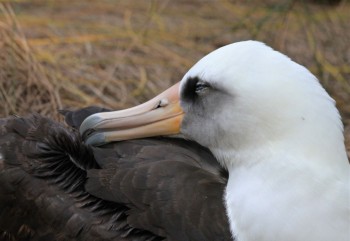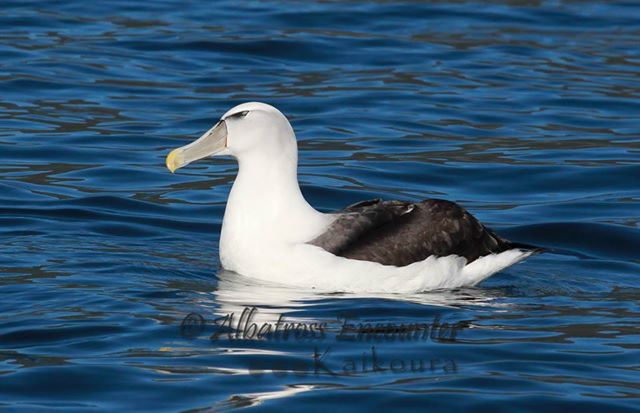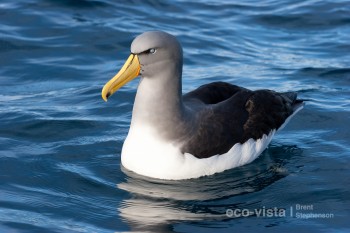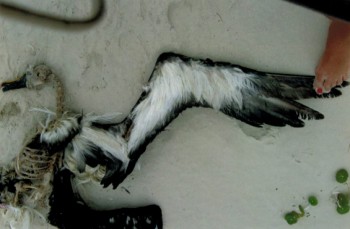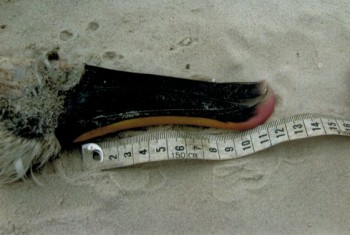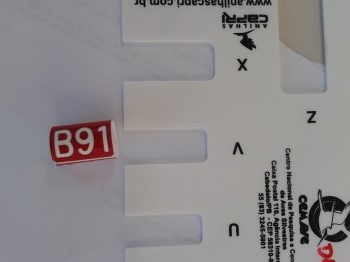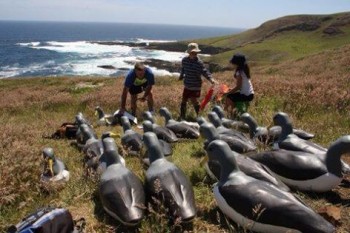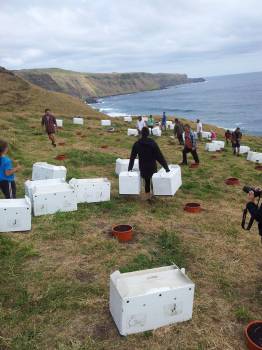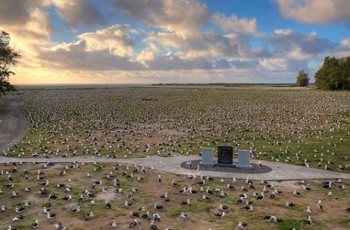Lajos Rózsa (MTA-ELTE-MTM Ecology Research Group, Budapest, Hungary) and Zoltán Vas have published in the journal Oryx on the conservation of parasitic lice, including Docophoroides levequei and Perineus oblongus that are only known from the Critically Endangered Waved Albatross Phoebastria irrorata.
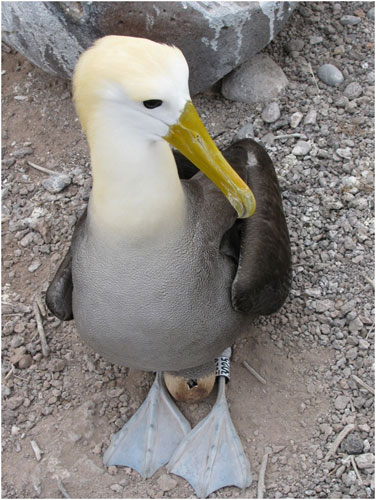
Waved Albatross, photograph by Kate Huyvaert
The paper’s abstract follows
“The co-extinction of parasitic taxa and their host species is considered a common phenomenon in the current global extinction crisis. However, information about the conservation status of parasitic taxa is scarce. We present a global list of co-extinct and critically co-endangered parasitic lice (Phthiraptera), based on published data on their host-specificity and their hosts’ conservation status according to the IUCN Red List. We list six co-extinct and 40 (possibly 41) critically co-endangered species. Additionally, we recognize 2–4 species that went extinct as a result of conservation efforts to save their hosts. Conservationists should consider preserving host-specific lice as part of their efforts to save species.”
Want to know of more albatross lice? If so, click here.
Reference:
Rózsa, L. & Vas, Z. 2015. Co-extinct and critically co-endangered species of parasitic lice, and conservation-induced extinction: should lice be reintroduced to their hosts? Oryx 49: 107-110.
John Cooper, ACAP Information Officer, 23 January 2015

 English
English  Français
Français  Español
Español 